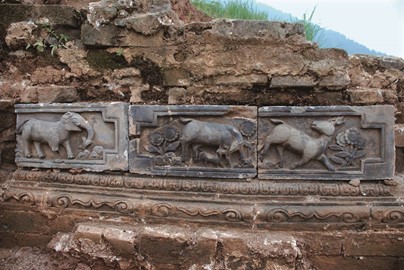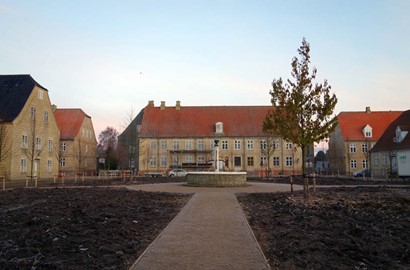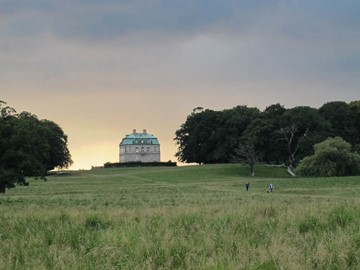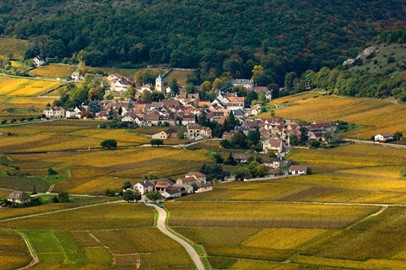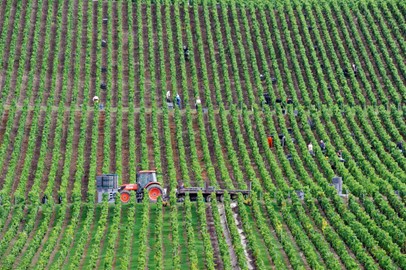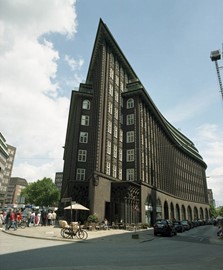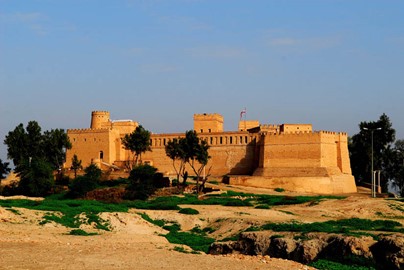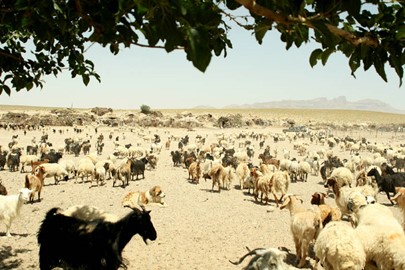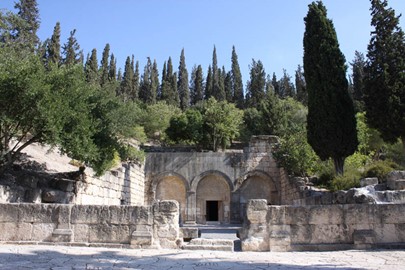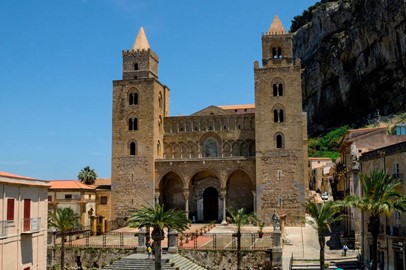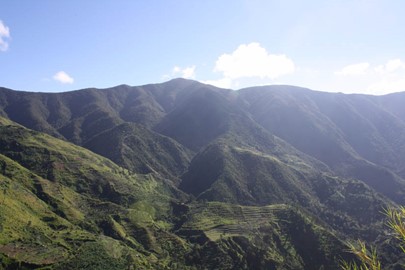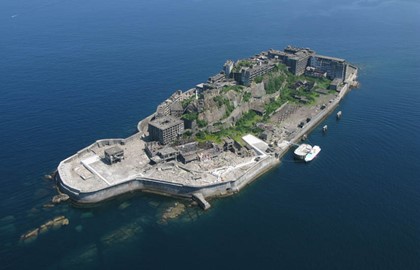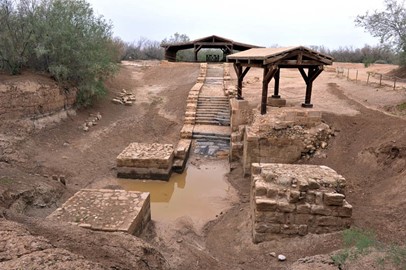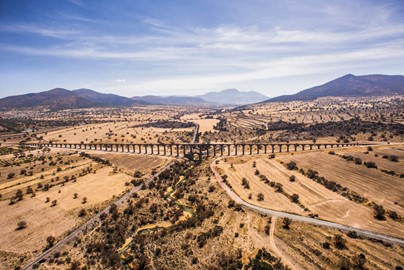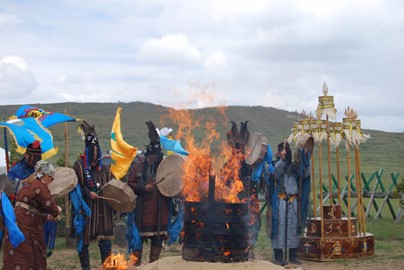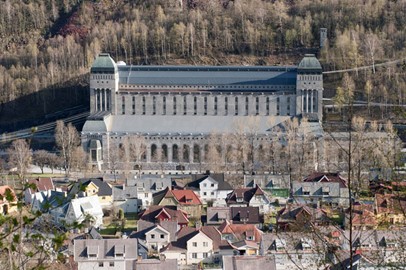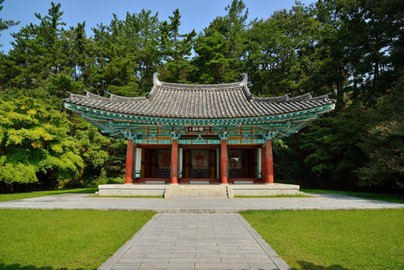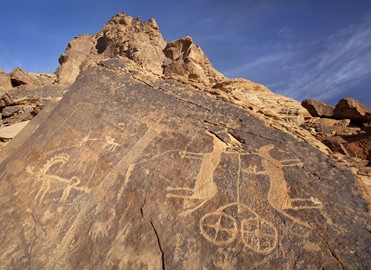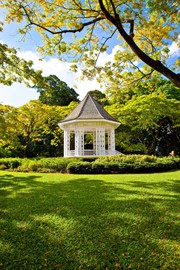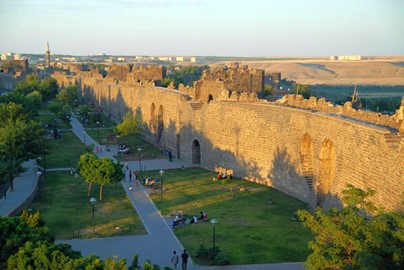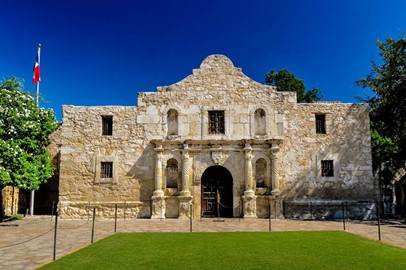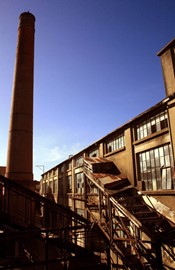year :: 2015
Tusi Sites
The Tusi Sites, a UNESCO World Heritage site in China, are historic remnants of a unique governance system from the 13th to 20th centuries, where local chieftains ruled under imperial authority. Featuring fortified residences, tombs, and administrative buildings, they reflect a blend of ethnic traditions and Chinese influence. Set in rugged terrain, these sites illuminate a distinctive chapter of cultural and political heritage.
Moravian Church Settlements
Christiansfeld, a UNESCO World Heritage site spanning Germany, the USA, the UK, and Denmark, is a well-preserved 18th-century Moravian Church settlement known for its simple, harmonious architecture. Featuring uniform brick houses, a central church, and planned streets, it reflects the Moravian ideals of community and piety. This historic site offers a glimpse into a unique Protestant utopian vision.
Par Force hunting landscape
The Par Force Hunting Landscape in Denmark, a UNESCO World Heritage site since 2015, is a meticulously designed cultural landscape from the 17th and 18th centuries, created for royal par force hunting—a practice where hounds and riders chased game to exhaustion. Spanning forests and hunting grounds, it features a distinctive star-shaped network of lanes, numbered stone posts, and a Baroque hunting lodge, reflecting the era’s landscaping principles and the absolute power of Danish monarchs over nature. Today... Read More
Burgundy
The Climats, terroirs of Burgundy, a UNESCO World Heritage site in France, is a historic wine-growing region shaped by centuries of viticulture. Its patchwork of small, defined vineyard plots, known as climats, reflects unique soil and climate conditions. Monks and dukes developed this landscape, building villages and stone walls around the vines. The site includes ancient cellars and chateaux tied to winemaking traditions. It showcases a living legacy of human ingenuity and nature’s influence. This cultura... Read More
Champagne
The Champagne Hillsides, a UNESCO World Heritage site in France, is a historic wine region renowned for its sparkling wine production since the 17th century. Its rolling vineyards, ancient cellars, and charming villages reflect centuries of viticultural tradition. The unique chalky soil and microclimate contribute to the distinctive quality of Champagne. This landscape showcases the ingenuity of winemakers who perfected the méthode champenoise. It blends natural beauty with cultural significance, tied to gl... Read More
Speicherstadt and Kontorhaus District
The Speicherstadt and Kontorhaus Districts in Germany form a UNESCO World Heritage site renowned for their historical and architectural significance. Speicherstadt, the world’s largest contiguous warehouse complex, showcases neo-Gothic red-brick structures built between 1883 and 1927, designed for maritime trade along the Elbe River. Adjacent Kontorhaus District features early 20th-century office buildings, including the pioneering Chilehaus, exemplifying Brick Expressionism. Together, they represent Hambur... Read More
Susa
Susa, a UNESCO World Heritage site in Iran, is an ancient city renowned for its archaeological significance, spanning multiple civilizations from the Elamite to the Persian periods. It features remnants of grand palaces, a ziggurat, and intricate artifacts that highlight its role as a political and cultural hub. This site exemplifies thousands of years of urban development and historical continuity in a strategic desert region.
Maymand
Maymand, a UNESCO World Heritage site in Iran, is an ancient troglodyte village renowned for its rock-carved dwellings and enduring cultural traditions. Nestled in a rugged landscape, this living heritage site features hand-dug cave homes, some inhabited for over 3,000 years, alongside seasonal settlements and traditional pastoral practices. It exemplifies human resilience and adaptation to a harsh environment, preserving a unique way of life.
Necropolis of Bet She'arim
The Necropolis of Bet She’arim, a UNESCO World Heritage site in Israel, is an ancient Jewish burial complex renowned for its elaborate rock-cut tombs and catacombs. Dating back to the 2nd century CE, it served as a major burial site following the Jewish revolt against Roman rule, featuring intricate carvings, inscriptions, and sarcophagi that reflect Jewish art and beliefs of the period. Its historical significance lies in its testament to the diaspora and resilience of Jewish culture during antiquity.
Palermo, Cefalú and Monreale
Palermo, Cefalú and Monreale, a UNESCO World Heritage site in Italy, showcases a unique blend of Norman and Byzantine architectural styles from the 12th century. The site includes a series of structures, such as the Palermo Cathedral, the Cappella Palatina, and the Palazzo dei Normanni, reflecting the multicultural influences of Sicily’s history. These buildings feature intricate mosaics and medieval European elements, making them standout examples of cultural synthesis. This historic ensemble highlights th... Read More
Blue and John Crow Mountains
The Blue and John Crow Mountains, a UNESCO World Heritage site in Jamaica, is a rugged, forested region renowned for its rich biodiversity and cultural significance. This tropical montane rainforest is a hotspot for endemic species, including unique plants, birds, and the giant swallowtail butterfly, while also serving as a historic refuge for indigenous Tainos and Maroons escaping slavery. The site preserves tangible heritage like trails and settlements, alongside intangible traditions such as Maroon music... Read More
Sites of Meiji Industrial Revolution
The Sites of Japan’s Meiji Industrial Revolution, a UNESCO World Heritage site, highlight the country’s rapid transformation from a feudal society to a modern industrial power in the late 19th and early 20th centuries. This collection of historic locations includes coal mines, shipyards, and steelworks, showcasing pioneering technologies and industrial heritage. Recognized for their global significance, these sites illustrate Japan’s unique blend of Western innovation and traditional craftsmanship during a ... Read More
Bethany Beyond the Jordan
Bethany Beyond the Jordan, a UNESCO World Heritage site in Jordan, is renowned as the alleged location of Jesus Christ's baptism by John the Baptist. This archaeological site features ancient churches, baptism pools, and hermit caves along the Jordan River, offering a glimpse into early Christian pilgrimage. Its well-preserved ruins and natural setting highlight its historical and spiritual significance.
Aqueduct of Padre Tembleque
The Aqueduct of Padre Tembleque, a UNESCO World Heritage site in Mexico, is a remarkable 16th-century engineering feat constructed under the direction of Franciscan friar Francisco de Tembleque. This hydraulic system, stretching nearly 48 kilometers, was designed to transport water from springs to local communities, blending Spanish and indigenous construction techniques. Its most striking feature is the series of well-preserved stone arches, with the tallest reaching over 38 meters, showcasing the architec... Read More
Burkhan Khaldun
Burkhan Khaldun, a UNESCO World Heritage site in Mongolia, is a sacred mountain revered for its spiritual and historical significance. It is deeply tied to Mongolian culture as the legendary burial place of Genghis Khan and a key site in the development of the Mongol Empire. The mountain's pristine natural environment, including forests, rivers, and diverse wildlife, reflects its role as a place of worship and pilgrimage for centuries. Its designation highlights its importance as a symbol of national identi... Read More
Rjukan Notodden
Rjukan-Notodden, a UNESCO World Heritage site in Norway, is an outstanding example of early 20th-century industrial heritage. This site showcases a well-preserved complex of hydroelectric power plants, factories, and worker settlements, illustrating the innovative use of waterpower to produce fertilizers and heavy water. The area's historical significance lies in its pioneering role in the global chemical industry and its contribution to Norway's industrial development, all set against a dramatic natural la... Read More
Baekje
The Baekje Historic Areas, a UNESCO World Heritage site in South Korea, encompass a collection of archaeological sites that showcase the rich history and culture of the Baekje Kingdom (18 BCE–660 CE). These well-preserved sites, including royal tombs, fortresses, and temples, highlight the kingdom’s sophisticated architecture, urban planning, and Buddhist influences. They also reflect Baekje’s role as a key player in East Asian cultural exchange, evident in its artistic and technological advancements. This ... Read More
Rock Art in the Hail Region
Rock Art in the Hail Region, a UNESCO World Heritage site in Saudi Arabia, features an extraordinary collection of ancient petroglyphs and inscriptions dating back thousands of years. These artworks, etched into sandstone outcrops, depict human and animal figures, hunting scenes, and symbolic motifs, offering a glimpse into the prehistoric cultures of the Arabian Peninsula. Recognized for its outstanding universal value, the site showcases the artistic and historical significance of early human expression i... Read More
Singapore Botanic Gardens
The Singapore Botanic Gardens, a UNESCO World Heritage site, is a historic tropical garden renowned for its extensive collection of plants and significant contributions to botanical research. Established in 1859, it features beautifully landscaped gardens, including the National Orchid Garden, which houses over 1,000 orchid species and 2,000 hybrids. This serene oasis serves as a vital green space, offering educational programs and conservation efforts that highlight its global importance in horticulture an... Read More
Ephesus
Ephesus, a UNESCO World Heritage site in Turkey, is an ancient city renowned for its well-preserved ruins dating back to the 10th century BC. Once a thriving Greek and Roman metropolis, it boasts iconic structures like the Temple of Artemis, one of the Seven Wonders of the Ancient World, and the grand Library of Celsus. The site also holds historical significance as a center of early Christianity, with ties to St. Paul and the Virgin Mary. Today, it stands as a testament to ancient architecture, culture, an... Read More
Diyarbakir Fortress and Hevsel Gardens
The Diyarbakır Fortress and Hevsel Gardens, a UNESCO World Heritage site in Turkey, represent a remarkable cultural landscape along the Upper Tigris River Basin. The fortress, with its imposing basalt walls and towers, has been a strategic stronghold since ancient times, reflecting the influence of Hellenistic, Roman, Byzantine, Islamic, and Ottoman civilizations. Adjacent to it, the fertile Hevsel Gardens have sustained the city with food and water for millennia, supporting a rich biodiversity, including o... Read More
Forth Bridge
The Forth Bridge, a UNESCO World Heritage Site, is an iconic railway bridge completed in 1890, renowned for its distinctive red cantilever design and engineering innovation. Spanning the Firth of Forth, it was the world’s longest single cantilever bridge at the time, stretching over 2.5 kilometers with a maximum height of 110 meters above the water. Designed by Sir John Fowler and Sir Benjamin Baker, it remains a vital transportation link and a symbol of Victorian-era industrial achievement. Its robust stee... Read More
San Antonio Missions
The San Antonio Missions, a UNESCO World Heritage site in the United States, comprise a group of five colonial-era missions established by Spanish Catholic missionaries in the 18th century. These missions, including the famous Alamo, were built to spread Christianity and Spanish culture among the indigenous populations, featuring distinctive stone churches, living quarters, and agricultural systems. Today, they stand as well-preserved historical landmarks, offering insight into the region’s colonial past an... Read More
Fray Bentos Industrial Landscape
The Fray Bentos Industrial Landscape, a UNESCO World Heritage site in Uruguay, is a historic industrial complex established in 1859 along the Uruguay River. It showcases the complete meat production process—from sourcing and processing to packing and dispatching—featuring the Liebig Extract of Meat Company’s facilities (starting in 1865) and the Anglo Meat Packing Plant (from 1924), which supplied meat extract, corned beef, and frozen meat to global markets. This site highlights the technological and cultur... Read More
